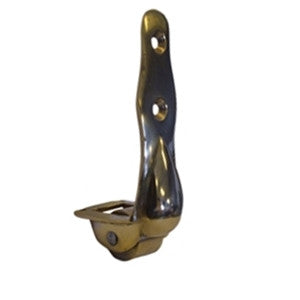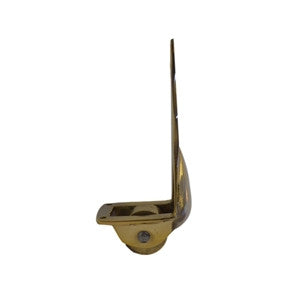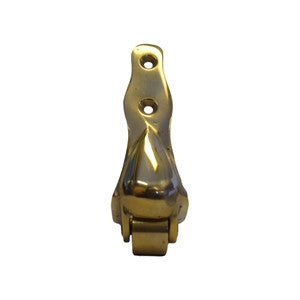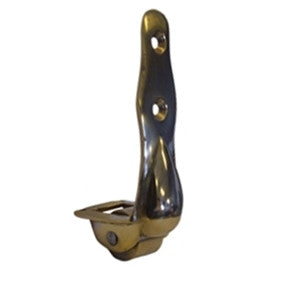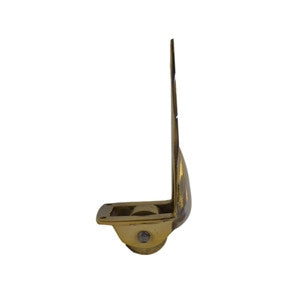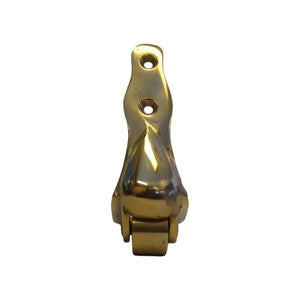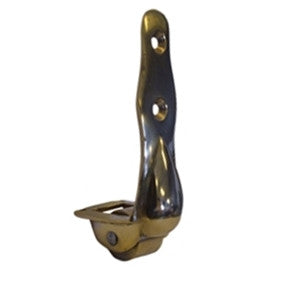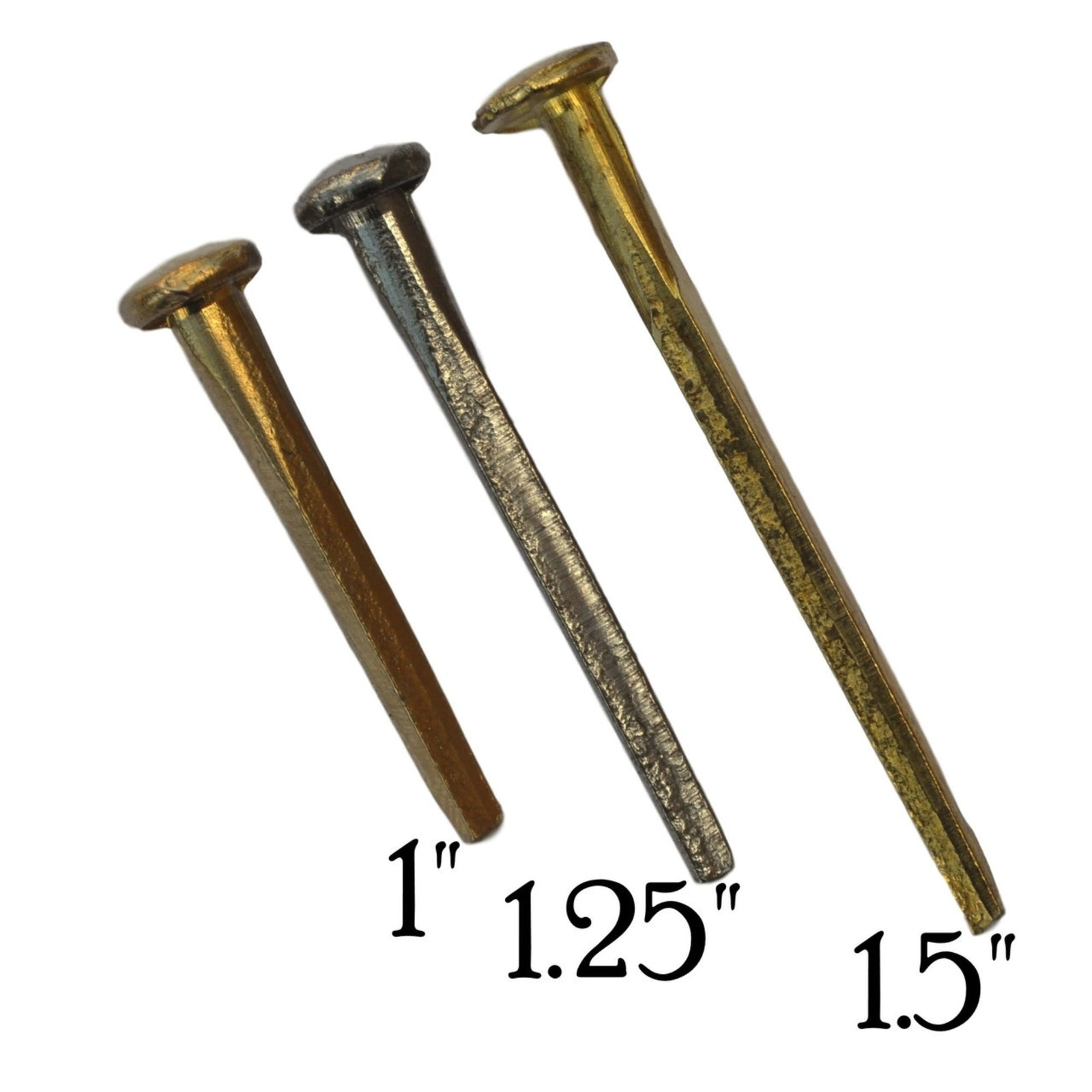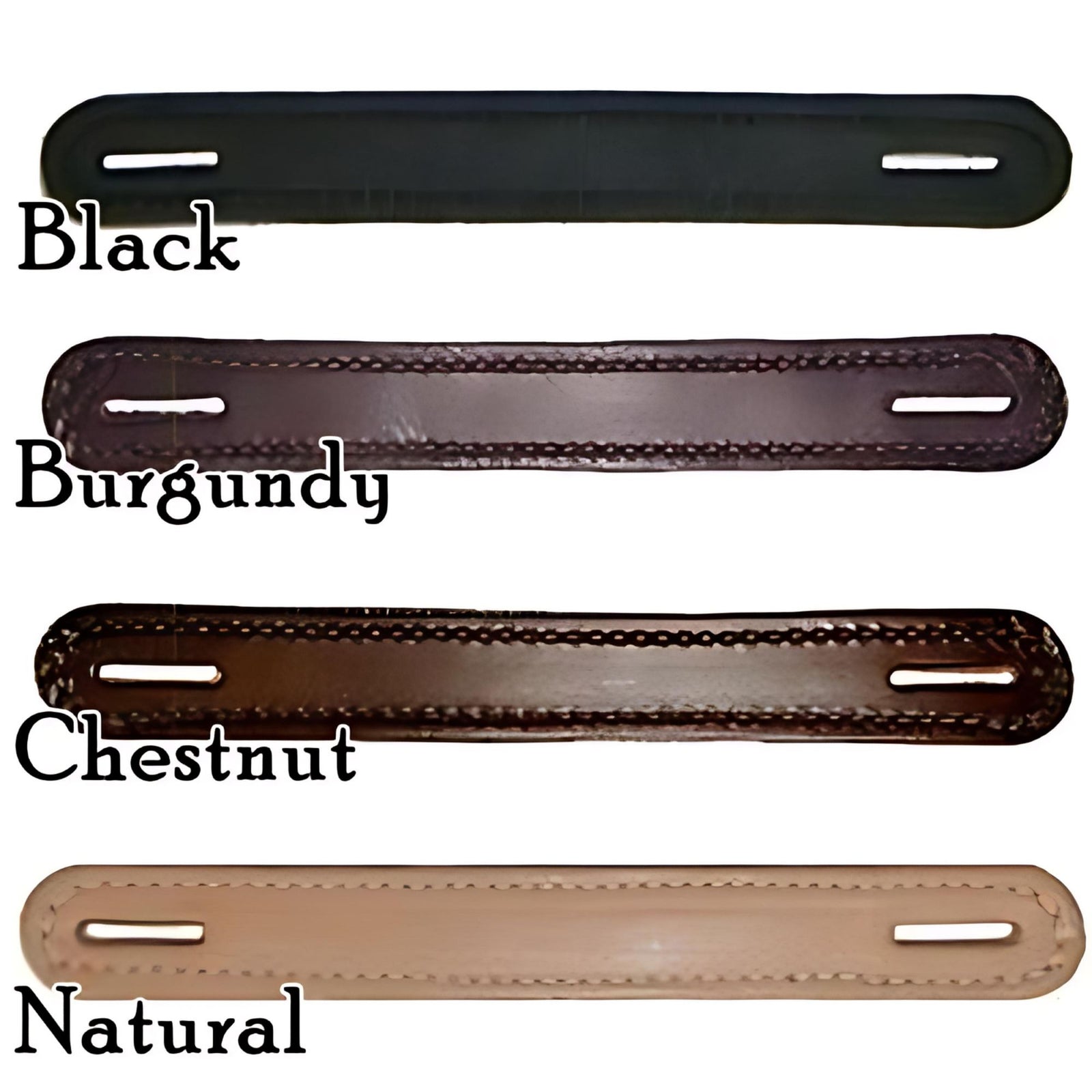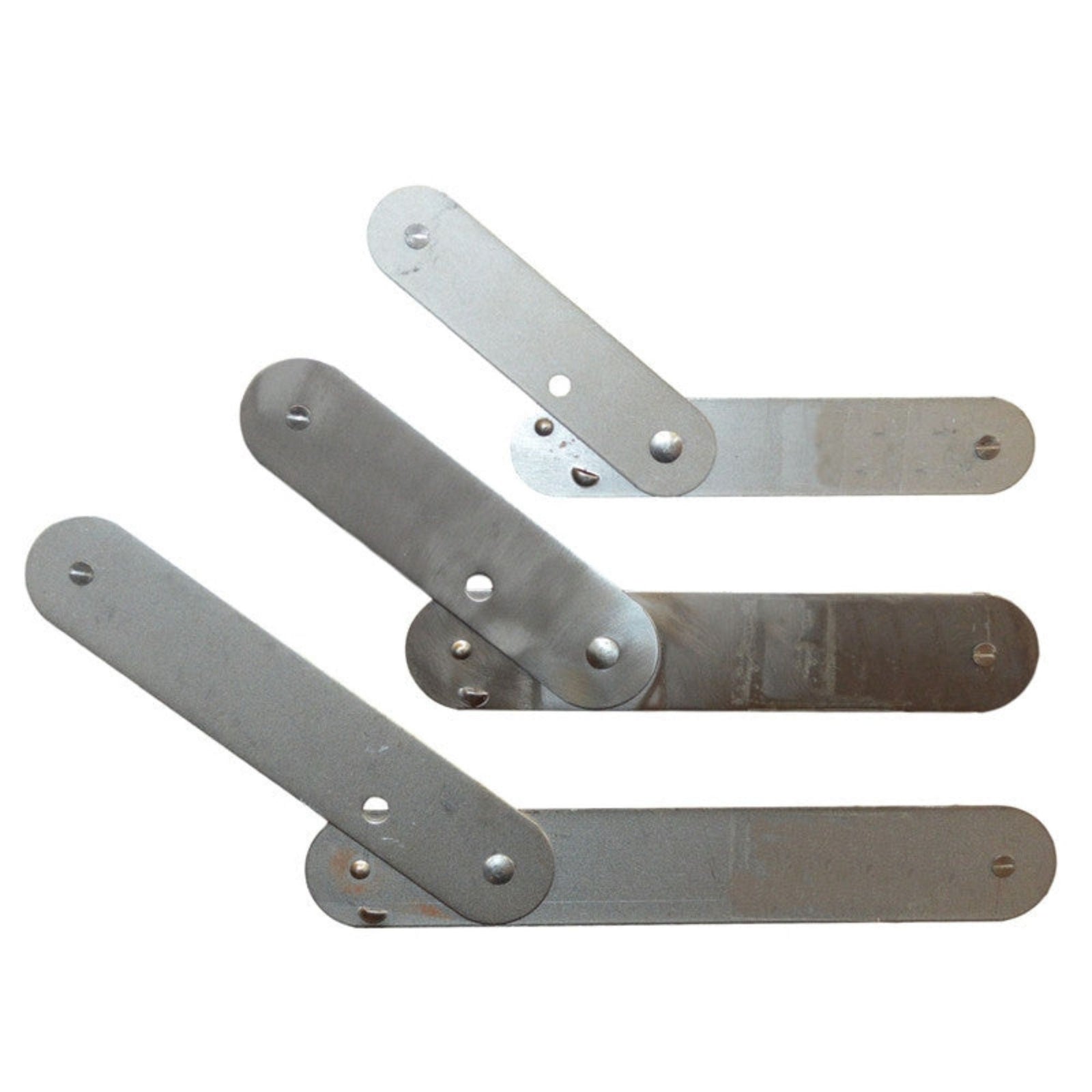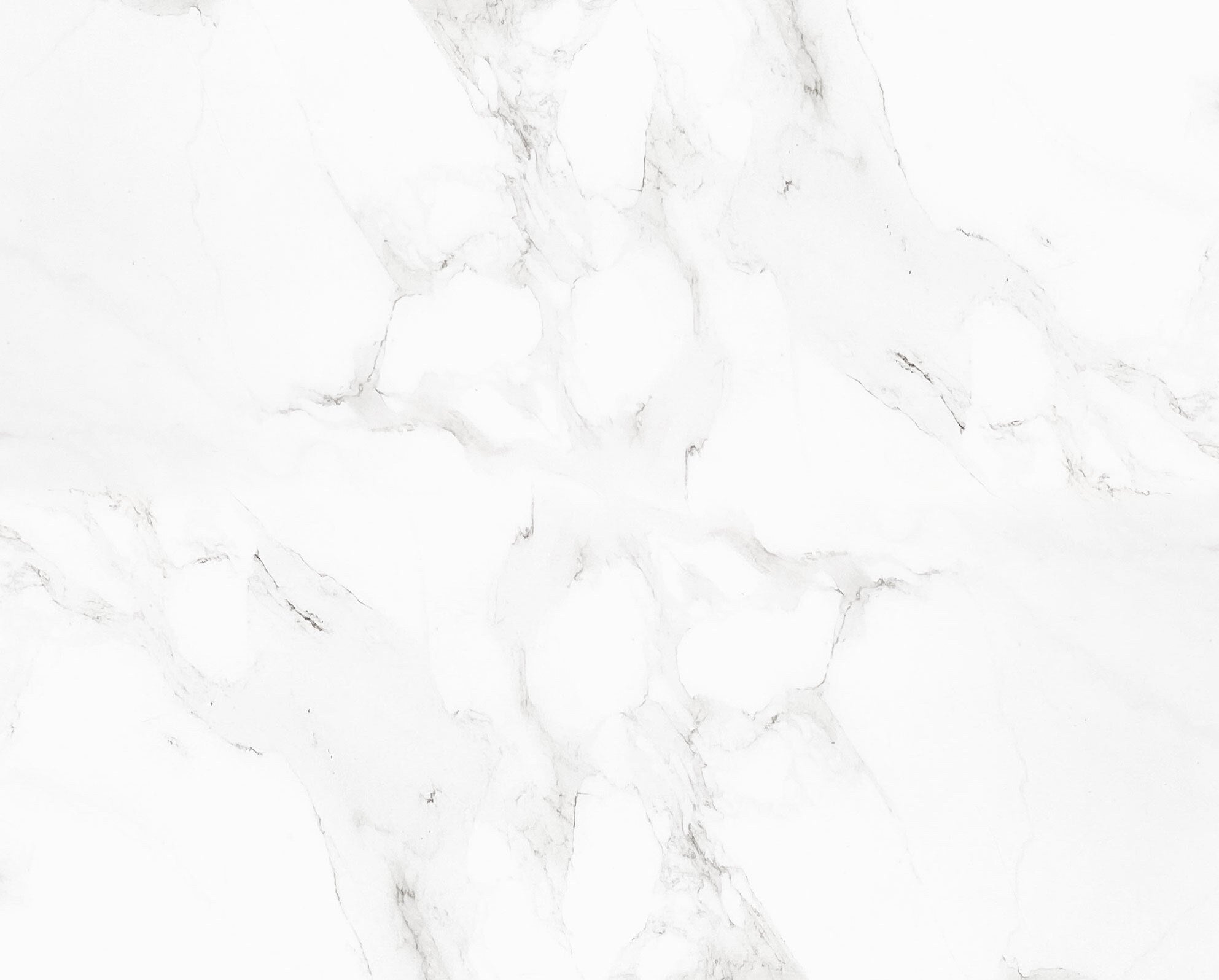Cast Brass Trunk Roller: A Blend of Function and Elegance
Historical Insight and Utility
Antique trunks were essential in the 19th and early 20th centuries for storage and travel. These trunks, often crafted from wood and covered in leather, canvas, or metal, reflected the craftsmanship and style of their time. Designs evolved from simple flat-top trunks for easy stacking to rounded or monitor-top trunks suited for travel by rail and steamship. As travel culture flourished, trunks became more elaborate—adorned with brass, iron, and decorative hardware such as handles, hinges, and rollers.
Importance of Trunk Rollers
The cast brass trunk roller played a crucial role in making these heavy trunks easier to maneuver. Sturdy yet elegant, brass rollers provided smooth movement and durability, ensuring trunks could be transported safely and efficiently—an important feature in the golden age of rail and sea travel.
Specifications:
- Material: Cast Brass
-
Dimensions:
- Overall: 3-3/16" high x 7/8" wide
- Roller: 5/8" diameter x 7/16" wide
- Finish: Cast Brass
- Includes: Fasteners
Assessment of Value and Condition
In antique restoration, original hardware such as rollers, handles, and latches greatly influences the trunk’s authenticity and value. Well-preserved, functional components enhance both the usability and historical integrity of a piece. Collectors and restorers often seek matching brass hardware to maintain period accuracy and aesthetic continuity.
Conclusion
The cast brass trunk roller is more than just a functional part—it’s a piece of history. Its design embodies the craftsmanship and attention to detail that defined early travel goods, making it a perfect choice for restorers and collectors who value both durability and classic beauty.


